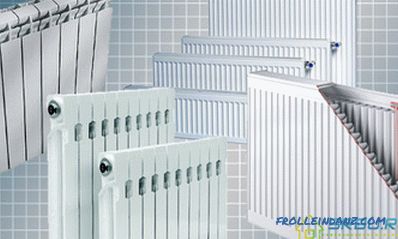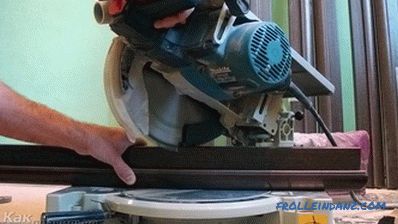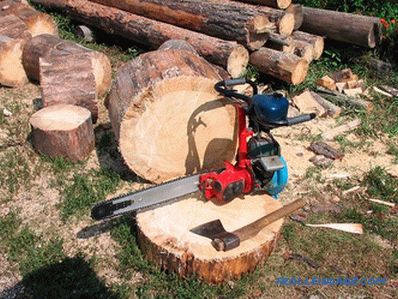Evolutionary changes in building technologies have recently been passing with high intensity. Introduced innovations contribute not only to simplify the procedure of construction of buildings, but also began to allow to equip a solid foundation for any structure. As a confirmation of this fact, fixed formwork for the foundation, the arrangement of which provides many advantages compared with the classical methods of construction of supports. In most cases, the support structure is made of polystyrene foam blocks, which allows minimizing human intervention in the installation process.
In this article, we will tell you how to make a fixed formwork for the foundation with your own hands, consider the various options, and also demonstrate clear photos and video instructions.
Distinctive features of erected structures
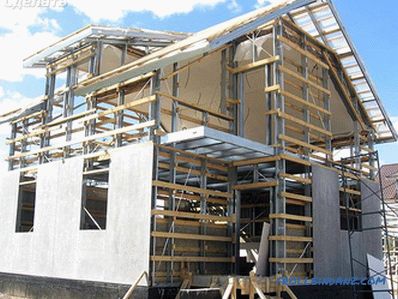
Construction of structures with fixed formwork is an option used for more than 10 years. It is worth noting the fact that after such a significant period, the principles of arranging the foundation for buildings did not undergo major changes, but the work time and construction stages were cut by half. If earlier the process of erection included the acquisition, assembly of the frame, its fixation in the prepared trench and subsequent dismantling, then the method of permanent formwork provides exclusively for the assembly of the prepared component parts and pouring concrete.
In any construction event, before using innovative work methods, one should understand the advantages and disadvantages of its use. Thus, the decisive advantages in the studied version are:
- water resistance of elements;
- high ability to withstand seismic forces;
- fire resistance;
- easy installation and rapid erection;
- resistance to the development of mold and fungal formations;
- low specific weight;
- high thermal insulation properties;
- tightness.
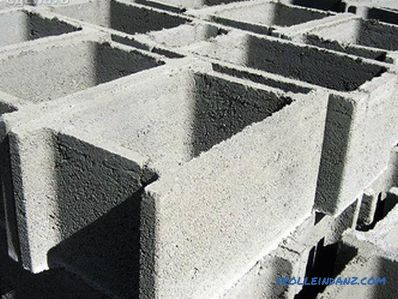 The finished block is concrete fixed formwork
The finished block is concrete fixed formwork
Like every building element, fixed formwork has and some minuses:
- difficulties with transportation;
- one-time use.
Types of construction
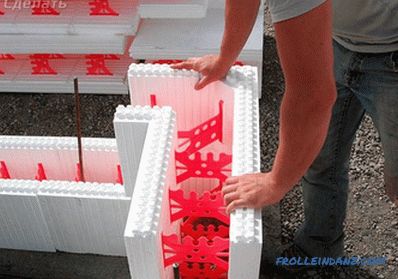
In order to start exploring the question of how to make a permanently fixed formwork, you should understand the features of the use of a particular material. The use of various formwork options is determined by the complexity of the projects being built and the purpose of the future construction. As a rule, during construction, products made from the following raw materials are used:
- Expanded polystyrene (gas-filled polystyrene) has long become a standard, but not the only way to test new technologies in action. The blocks made of this material have high strength, high thermal insulation properties and optimum ventilation characteristics, which provide the foundation with reliable ventilation.
- Chipocement - slightly losing in the breadth of its application, this material provides high-quality sound insulation. A distinctive feature is the presence in the structure of air bubbles or pockets, which increase the indicators of practicality by several points. At the same time, treatment with special chemical compositions of wood helps prevent premature rotting and gives the material a high resistance to high temperatures.
- Fibrolit is a material consisting of wood chips (fibers) and an inorganic binder. This raw material is famous for its resistance to temperature extremes and high throughput.
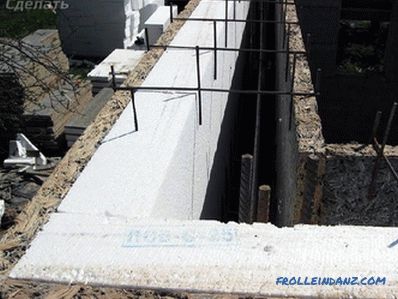 Chip-cement
Chip-cement
In the study question one cannot but mention such a procedure as " rental of concrete ", the use of which allows the manufacture of universal block structures of any desired shape. The essence of the method lies in the application of templates and rollers, due to which the pores are extracted and the concrete is being tamped.
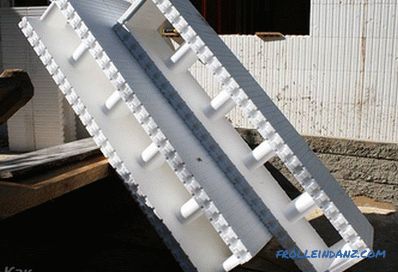 Expanded polystyrene
Expanded polystyrene
However, to optimally soften the sharp contrast of temperature flows and reduce the pressure on solid structures in the case of the construction of walls and supporting foundations is widely used manufacturing technology of permanent formwork from polystyrene foam.
The popularity of this method is due to a number of features:
- similarity of the structure to the cork tree;
- resistance to destruction;
- excellent thermal insulation properties;
- material is easy to process;
- affordable pricing.
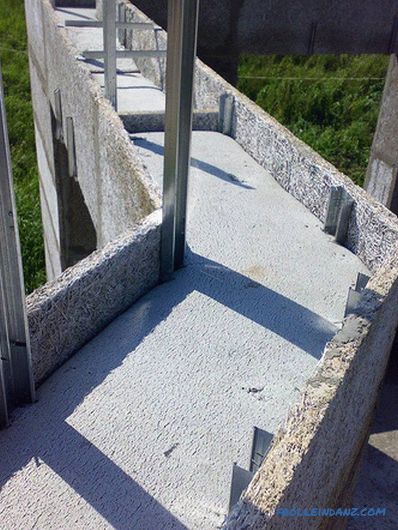 Fiberboard
Fiberboard
In any case, it is important to take into account the individual characteristics of using this or that other material. Each method has a number of advantages and disadvantages. Before using any of them, you should evaluate each characteristic and make the best choice.It will not be superfluous to seek advice from specialists.
Technology of construction of the foundation
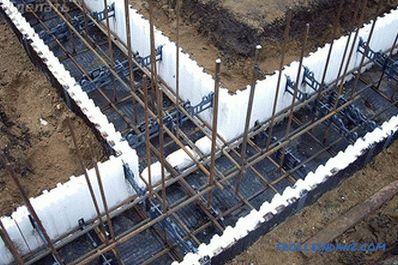
The process of erecting wall structures and the foundation in the form of permanently made formwork from gas-filled foam is intuitively simple and does not require special knowledge.
Before performing all the work, it is necessary to remember that the formwork for the foundation is installed on a solid base (substrate), the surface of which is covered with a reliable waterproofing layer.
Fixing of each subsequent block is realized by putting them on prepared reinforcing bars. When finished with the first layer, additional reinforcing bars are laid over the slots of the row horizontally overlapped and securely fixed with the help of wire twists.
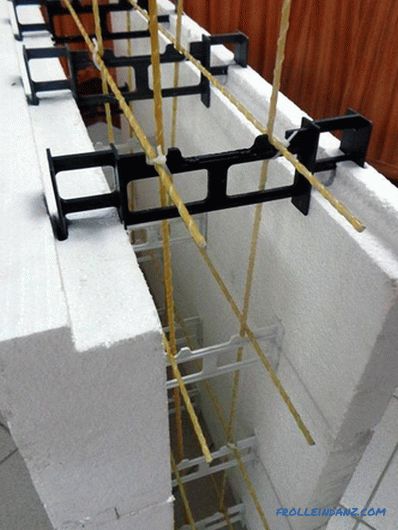 Twisting for non-removable formwork
Twisting for non-removable formwork
The first row should be treated with an increased sense of responsibility since the duration of the operation period of the whole structure and the even outlines of all faces depend on the accuracy of the calculations made and the correctness of the installation. In addition, it is in the course of performing the named procedure that the door slopes and the surfaces of the internal connecting beams are installed according to the plan.
Fixing of forms of formwork blocks is carried out in the process of mounting the second row, the installation of which ensures a secure vertical attachment of subsequent joints.
When mounting the third and subsequent layers do not forget about the vertical seams. Having finished with installation of all block elements, we start filling of an internal turned out cavity with concrete solution. Next, you should carry out the sealing of the filled mass to eliminate air spaces. To do this, it is necessary to use special equipment - a deep vibrator or a handy tool - a piece of reinforcement, evenly distributing the concrete through the erected formwork.
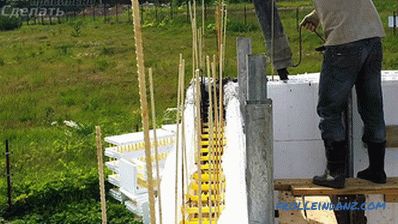 Concreting non-removable formwork
Concreting non-removable formwork
During the installation of the blocks it is important to monitor the most accurate coincidence of the side faces . The installation process is somewhat reminiscent of the process of laying bricks, in which each successive row is shifted to half its size. Performing work with this method subsequently imparts the required rigidity.
The nuances of the work
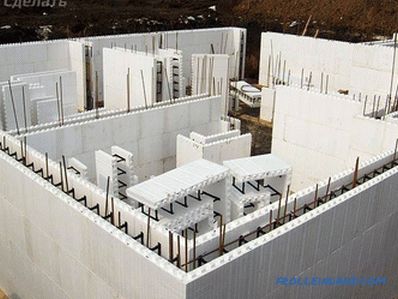
The manufacture of permanent formwork, like any construction operation, has its own important features. Most people are tormented by the question of how the required strength and durability of the erected supports is achieved. Based on a rich construction experience, many craftsmen advise you to fill the top row of formwork by half, so that the resulting concrete joint is located inside the factory blank. At the same time, we should not forget about the quality, class of concrete and reinforcing bars.
Before performing work on assembling formwork, you should prepare the holes required for the functioning of ventilation, electricity, sewage and heating systems. For this purpose, grooves of appropriate sizes are installed in the planned places in advance.
In the end, we get a kind of puff cake, the “filling” of which consists of reinforced concrete. At the same time, the wall structures become warm and do not require additional insulation.
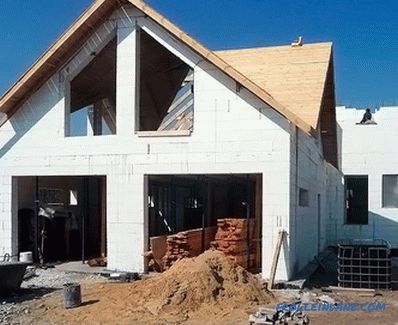 House from fixed formwork
House from fixed formwork
In conclusion, I would like to note that during the construction of fixed formwork from expanded polystyrene There is no rigid binding to the size of the future foundation. The use of this material provides for easy processing and fitting of elements with minimal effort and time costs. The only thing is that one should not independently change the thickness of the factory unit, since this circumstance can lead to a violation of strength and loss of thermal insulation properties. In addition, upon completion of all installation work, do not forget about the processing of the outer layer of foam.
Video
The provided video footage describes in more detail the technology of making permanent formwork:
